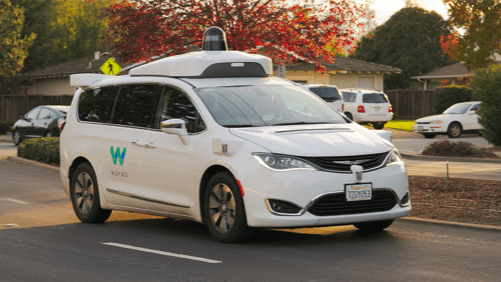In the modern world, professional sports rely heavily on technology. Back in the day things were measured with the naked eye. Today, advanced tech allows us to digitize the entire game, improve player performance, facilitate scouting, and more.


In the modern world, professional sports rely heavily on technology. Back in the day things were measured with the naked eye. Today, advanced tech allows us to digitize the entire game, improve player performance, facilitate scouting, and more.

What’s happening today in the pandemic-stricken world reminds one of Isaac Asimov’s book The Naked Sun. In the novel, the Solarian people communicate through holograms, avoid all physical contact, and have all their chores performed by robots.

Since the use of artificial intelligence (AI) has become ubiquitous today, there are proportionally more opportunities for this amazing piece of tech to fail. And one area where AI still fails is delivering the same level of service to all.

The promise of driverless cars is huge: they could free up time, improve road safety, empty our parking lots or replace car ownership. But making them is easier said than done. So, which technological and regulatory puzzles are holding AVs back?

It is generally believed that AI is out of reach of the average tech company that doesn't specialize in machine learning or other AI technologies specifically. But here is when off-the-shelf AI solutions can help. This post is an overview of thes

We have a Data Science Lab here at ObjectStyle. One day, we decided to sit down and discuss the hype around AI, a possible "AI winter," and likely economic ramifications of job automation.